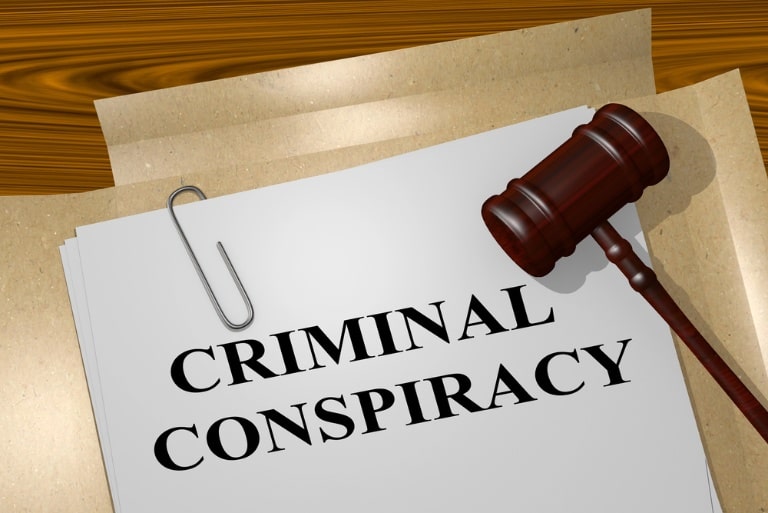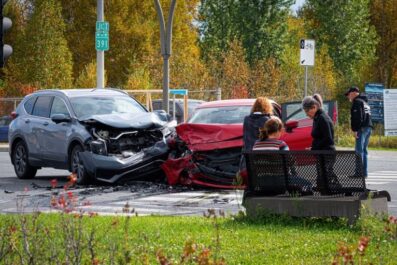How Conspiracy Charges Are Prosecuted

According to TRACReports, there were 233 new white-collar crime prosecutions in January 2025, including conspiracy offenses. This is a 13.7% drop from the previous month.
A conspiracy is when two or more people agree to do something illegal and take any action to make it happen. What makes conspiracy different is that a person can be charged even if the crime was never finished.
Conspiracy charges lawyer David Ellison state that there can be severe consequences for conspiracy. The punishment depends on what you are accused of planning to do. The law will apply the appropriate punishment if it declares conspiracy a crime.
Prosecutors often take several avenues through which to envision the workings of the conspiracies, but obstacles may arise in this process. What happens when intent is not clear, and some of the evidence presented is merely circumstantial? You may be surprised at the technicalities in gathering conspiracy law evidence.
Understanding the Legal Definition of Conspiracy
A conspiracy charge consists of an agreement between two or more people to commit a crime. You do not have to actually commit the crime; planning it is sufficient.
Most of the time, the law calls for that one co-conspirator to undertake some action in furtherance of the crime. This means that, even sitting through one discussion about the crime, you might be at risk of getting charged.
A criminal defense lawyer at Miller North & Bril says that criminal gang activity is one example of this. Prosecutors use conspiracy laws to charge several gang members with being part of a criminal enterprise. Even if the co-conspirator was unable to do their part of the deed, their agreement to the group’s illegal goal is enough to make a charge.
Key Elements Required to Prosecute a Conspiracy Charge
To prosecute a conspiracy charge, several elements must be established to prove the existence of some kind of agreement to commit a crime.
- It has to be proven that at least two people planned to do something illegal together.
- Each conspirator must demonstrate their knowledge of the plan and their intention to assist in its execution.
- A bare and vague agreement would not be sufficient; instead, the commitment to the plan should be given some measure of expression.
- The prosecution of the conspiracy decides if an overt act is needed, but the case’s evidential strength increases with proof that one or more conspirators acted to further the agreement.
These are the very elements of prosecution against conspiracy charges.
Gathering Evidence: Proving Intent and Overt Acts
There must be proof of intent and overt actions to prosecute a conspiracy. This is to show how strong the prosecution’s case is.
For intent, there must be proof of a plot between the people involved, meaning they all want to do something illegal to get it done. Usually, this comes in the form of emails or text messages that show what the defendants were thinking and why they did what they did.
This kind of overt action could include certain actions or steps taken to further the plot. These actions include meetings, purchases, or anything else that makes it clear that the plot wasn’t just an idea; there was something real behind it.
The Role of Co-Conspirator Statements in Prosecutions
Any statements by the co-conspirators would assist with the prosecution of the charge of conspiracy.
These statements are those uttered by one co-conspirator against the others during the course of the conspiracy. They set up the conspiracy and shed light on the intention of all who are parties.
When a co-conspirator speaks, they reveal plans, agreements, and the extent of the conspiracy through their own words. This is often critical since such statements frequently outline who was involved in what act.
However, these statements first have to be properly classified for admissibility. Therefore, they must state a detailed offensive account of how it actually operated and of what role each participant had.
Challenges Faced by Prosecutors in Conspiracy Cases
The prosecutor encounters many difficulties in conspiracy cases, especially proving that the formation of an agreement with co-conspirators did take place.
The process of gathering direct evidence could be pretty difficult to gather because each co-conspirator has their interests to protect. Usually, they would forge informal or outright non-existent agreements, provide unreliable testimonies, implicate each other, or even lie.
Moreover, intent can be an obstacle: parties can always say that they were “simply obeying orders.” Conspiracy law concepts can be challenging for jurors and could potentially lead to misunderstandings.
Ultimately, the majority of the evidence lies with you, necessitating the presentation of a compelling narrative that unquestionably connects all parties to the crime.





